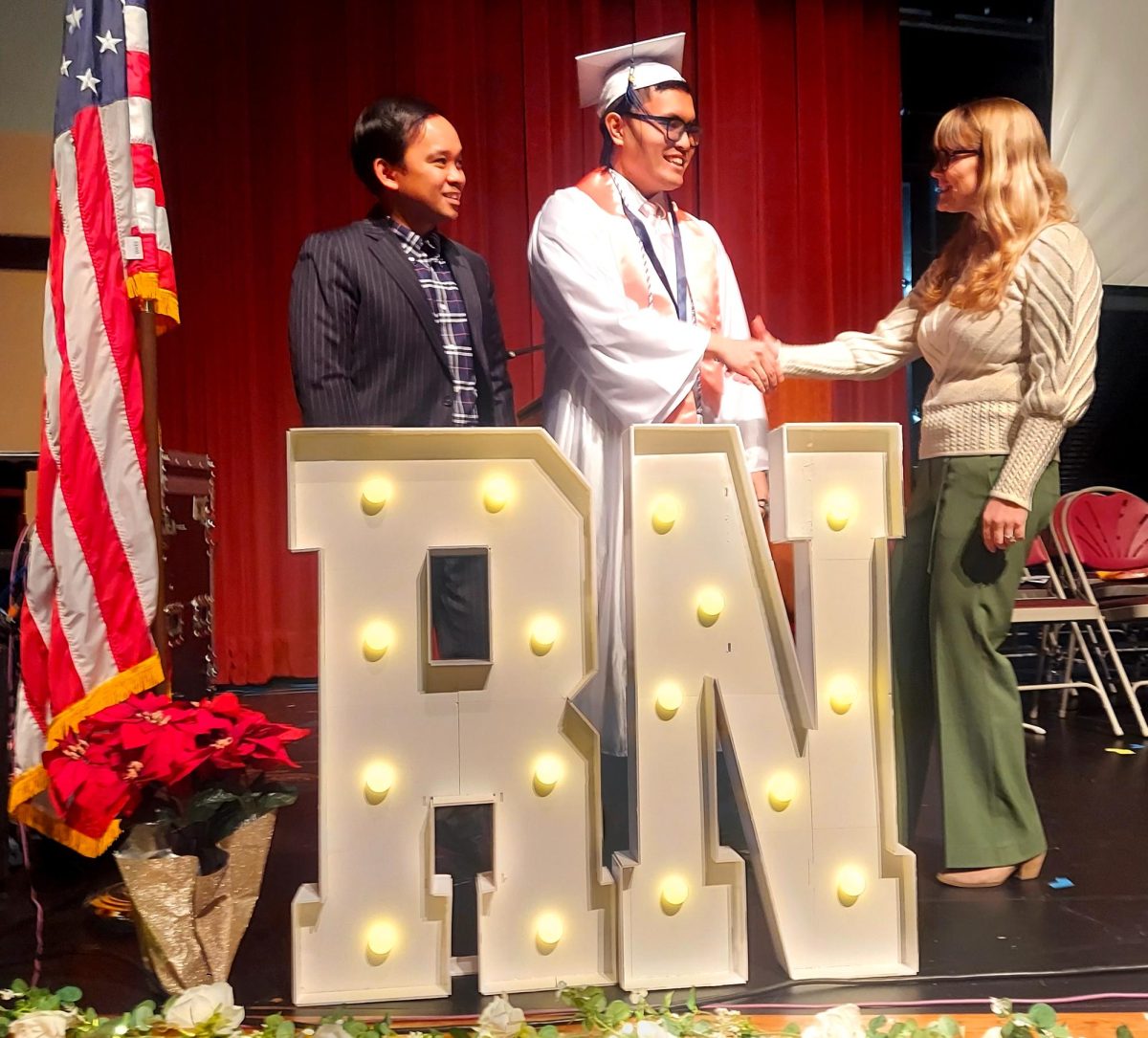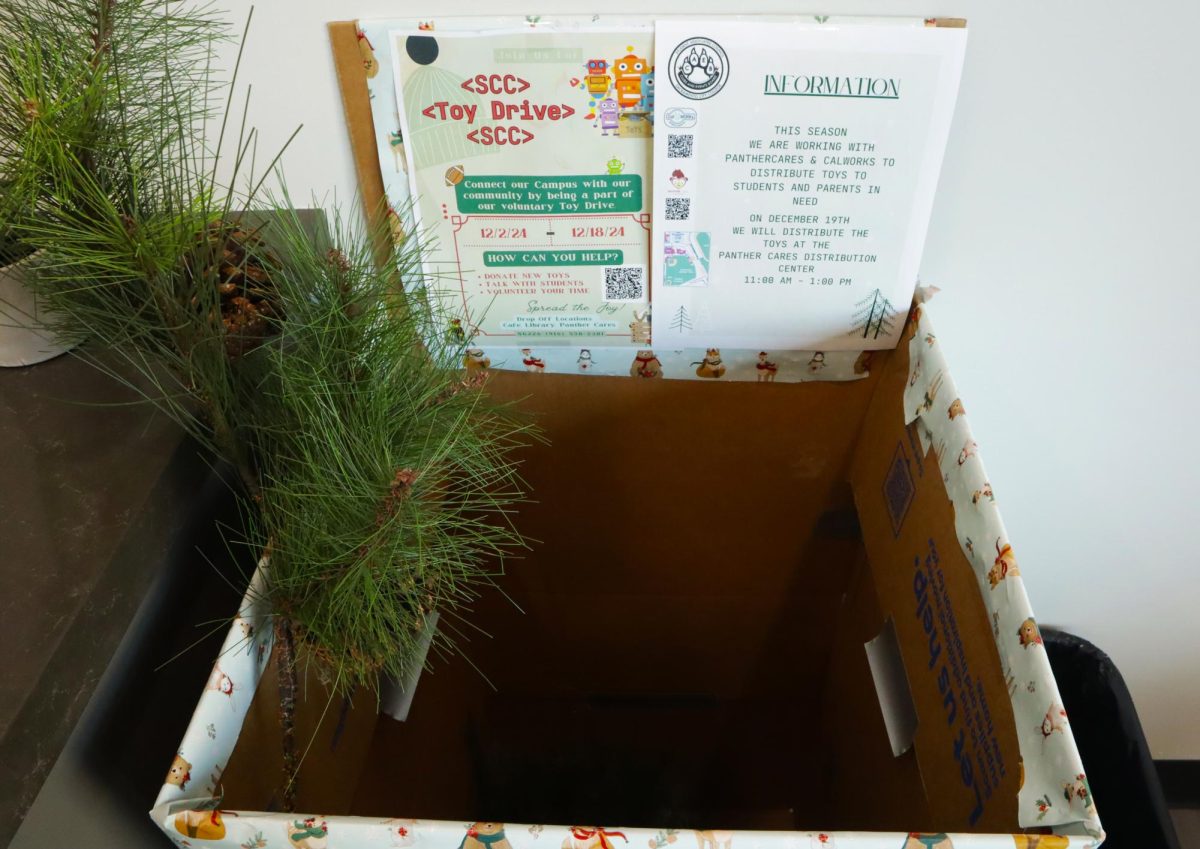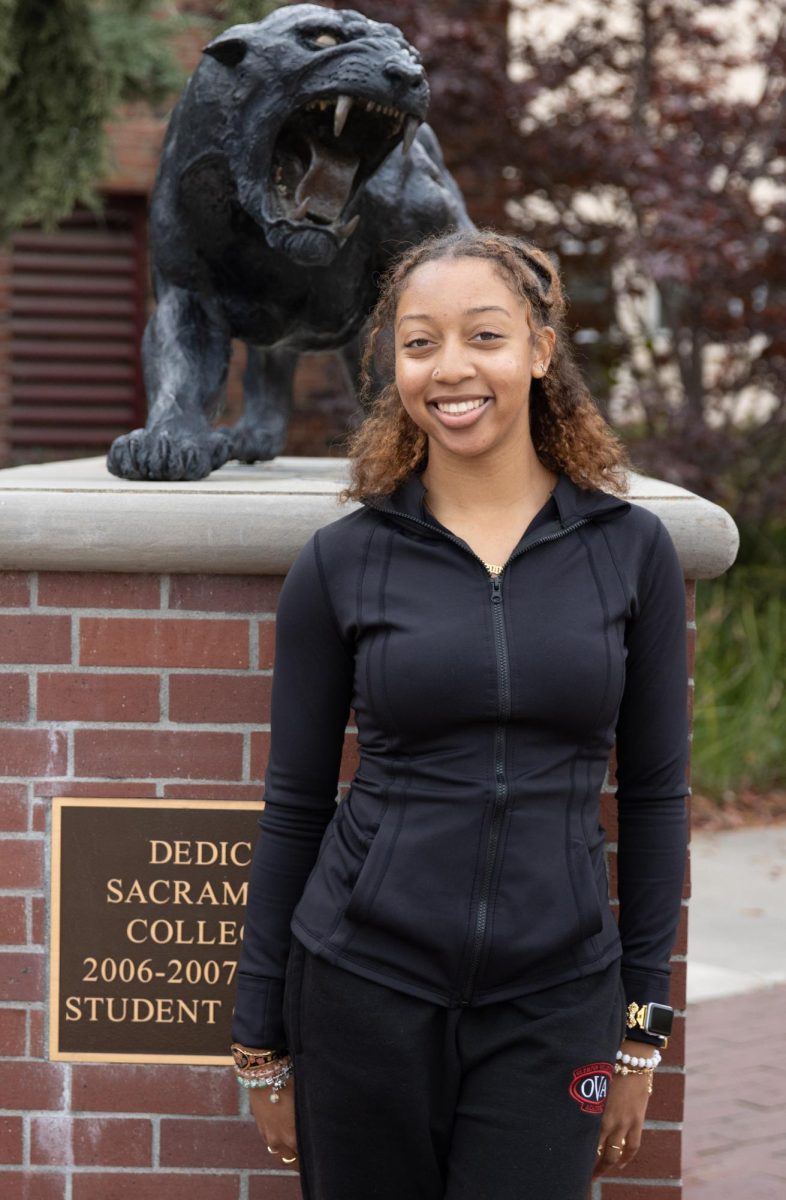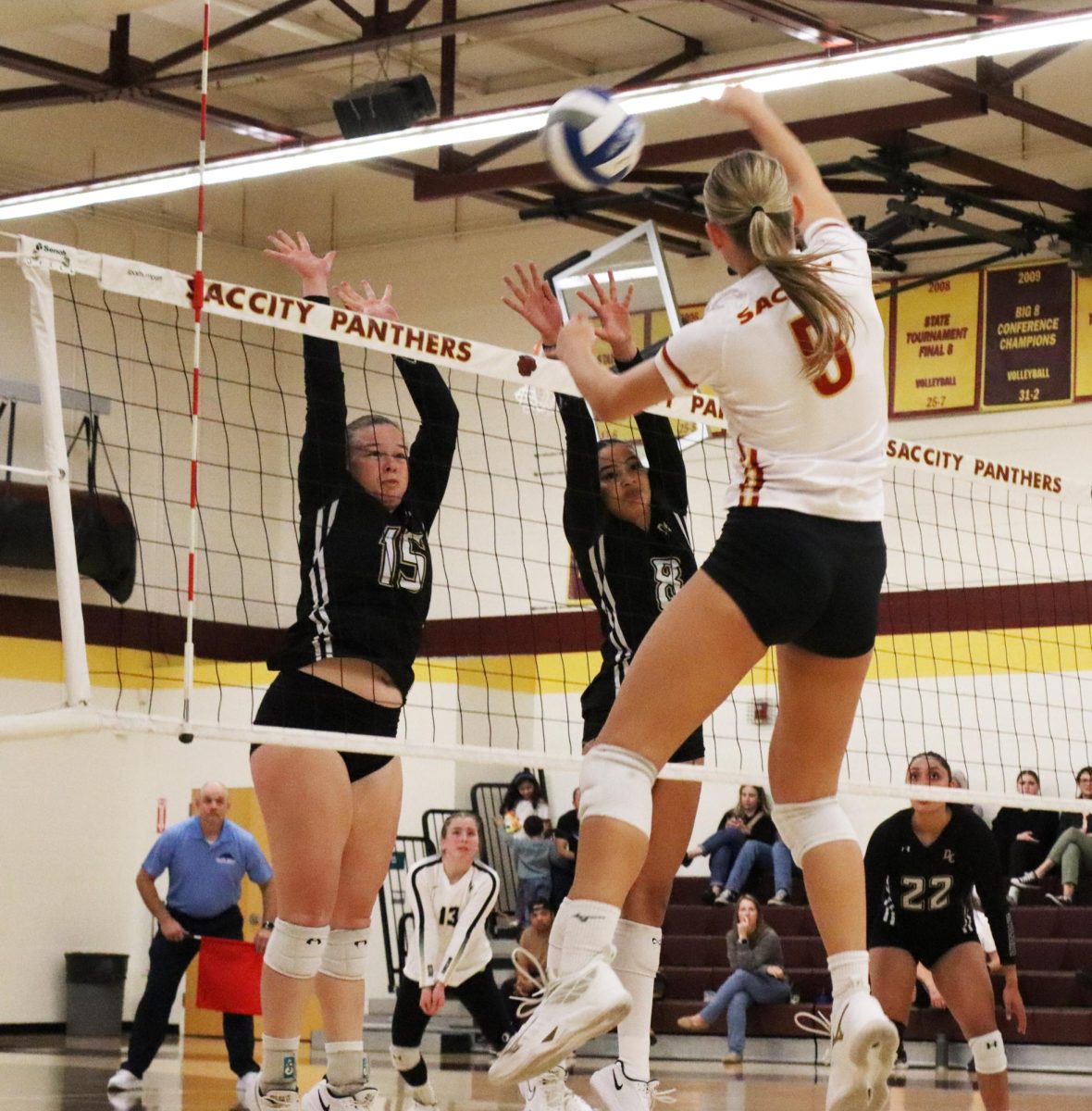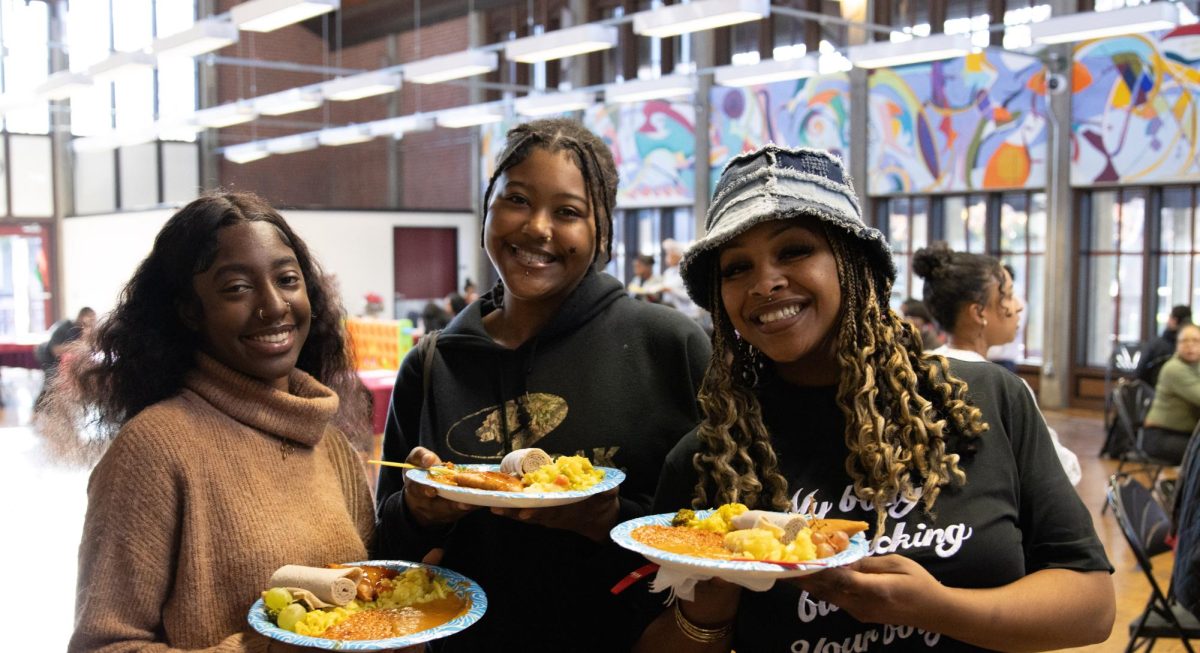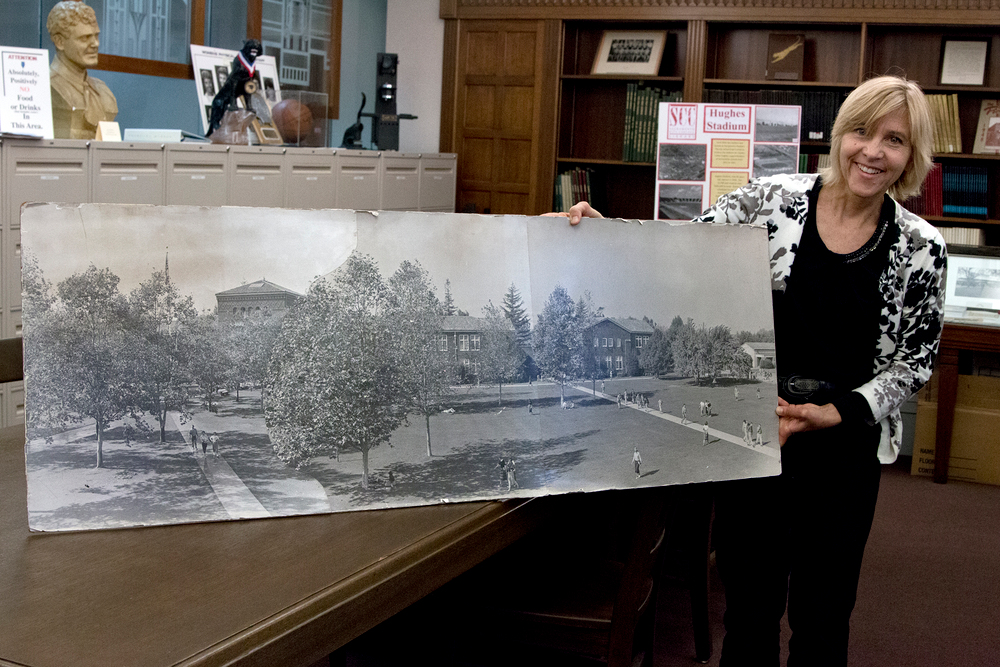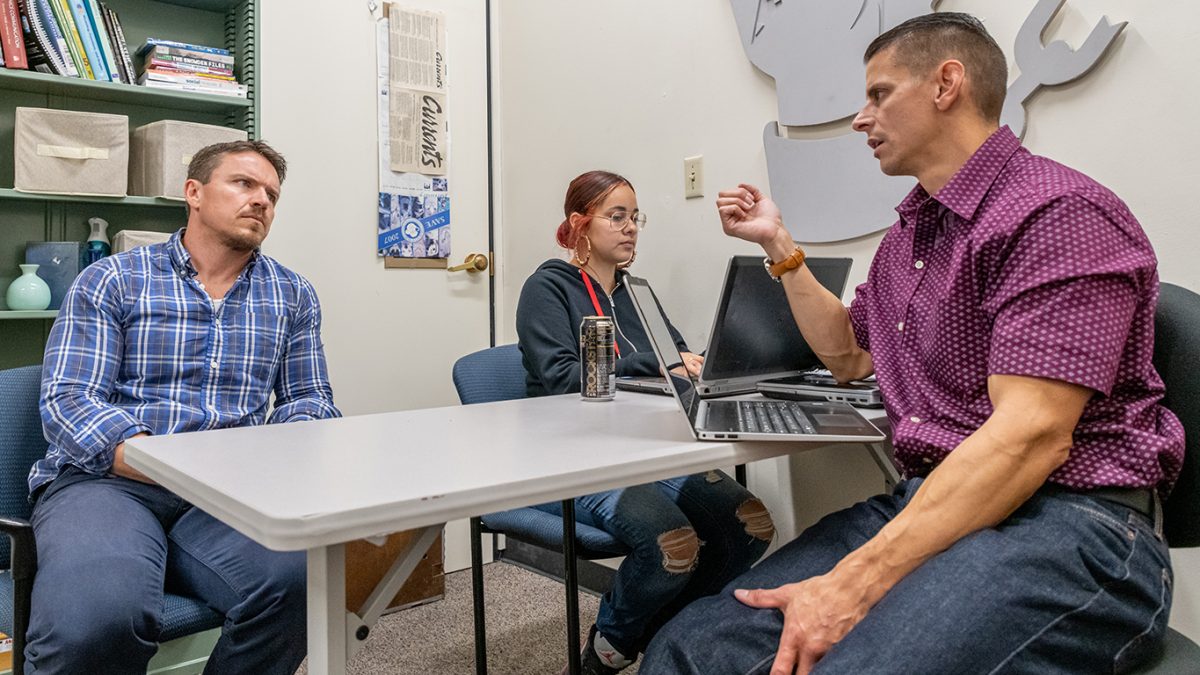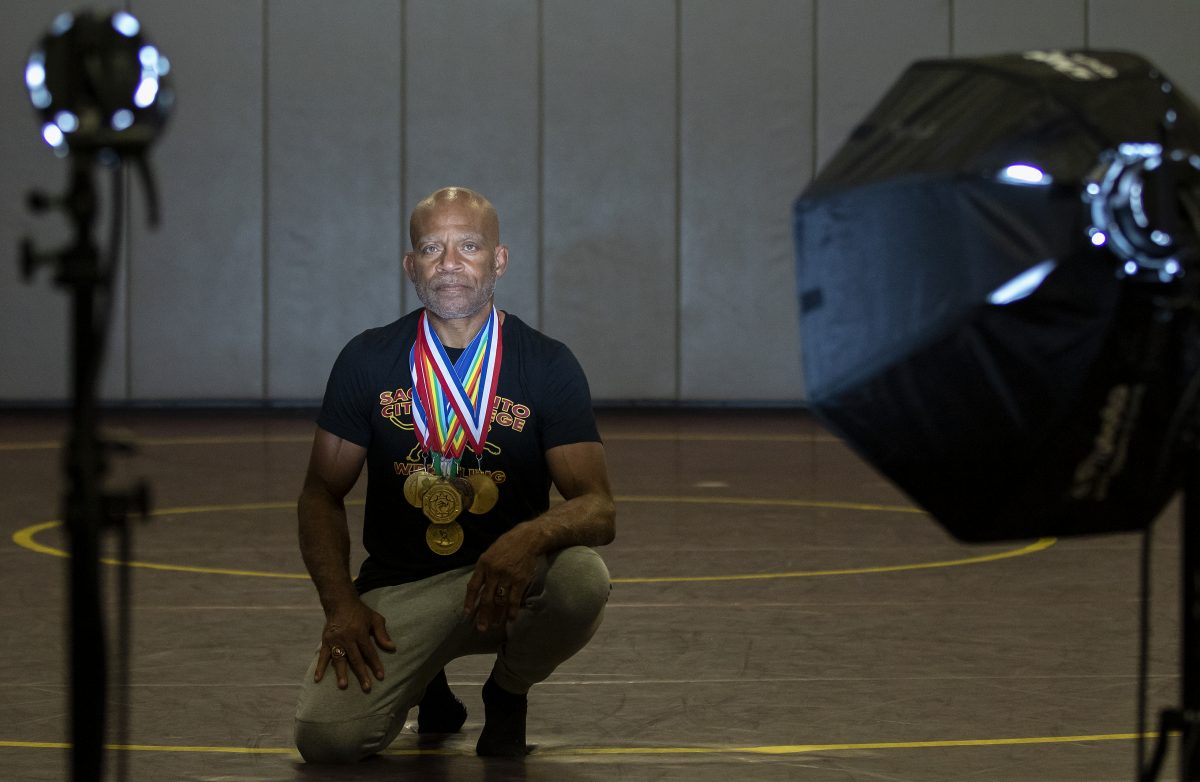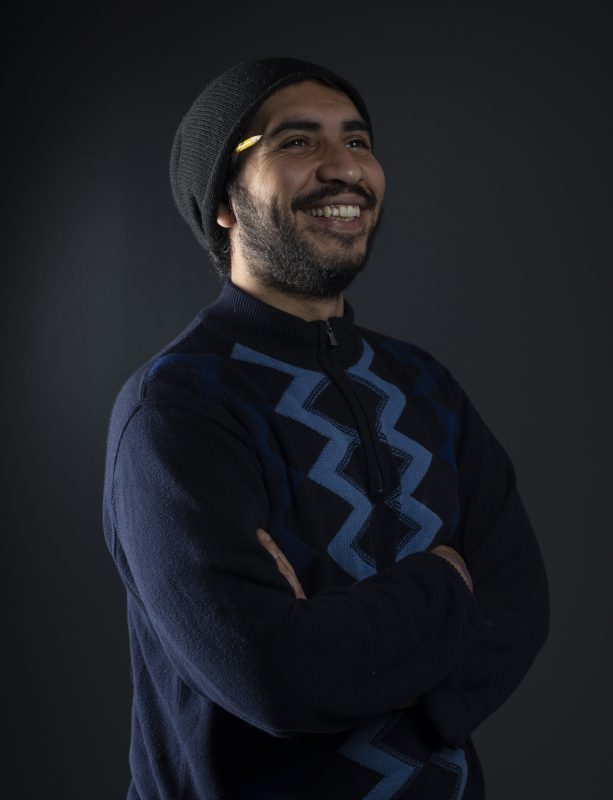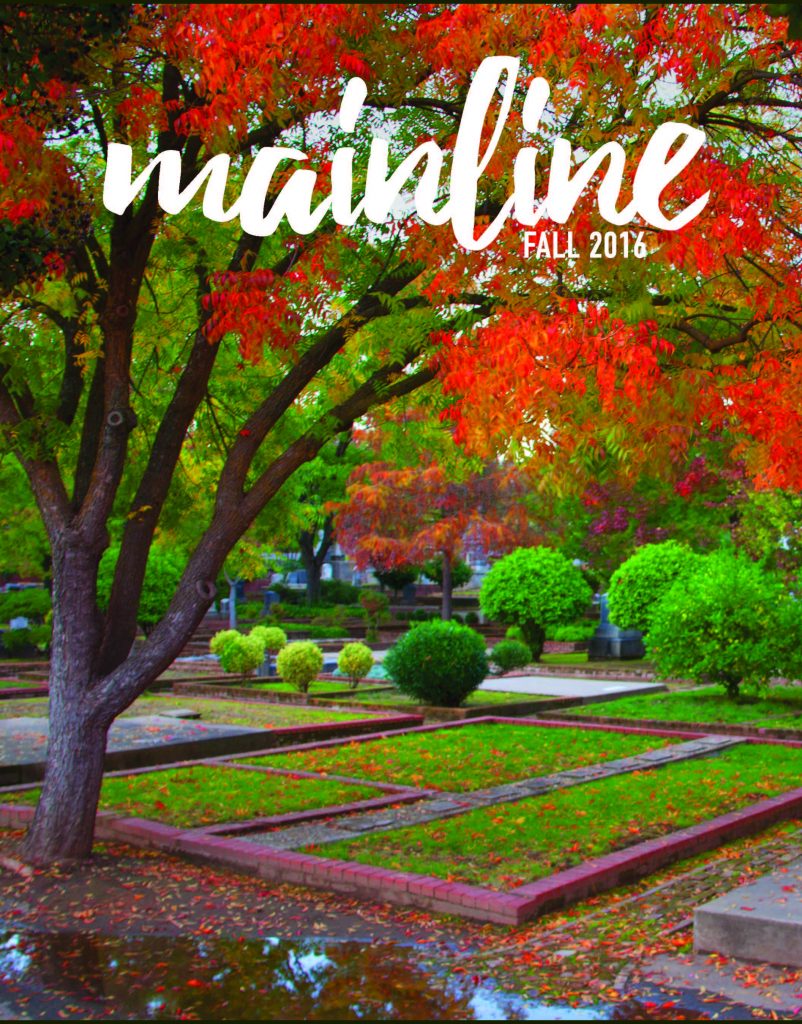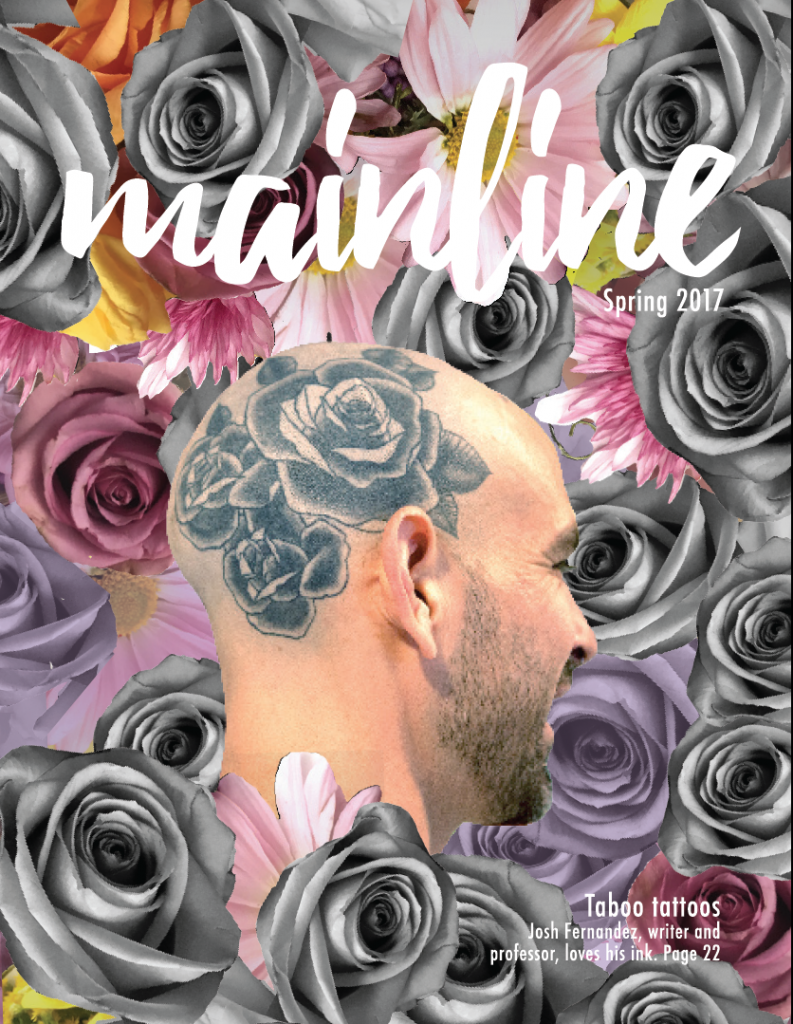Daniel Wilson | Contributor Writer
As its centennial approaches, City College honors its past
With City College’s 100th birthday just over a year away, Mainline decided to highlight some of the ways the college
preserves its history so that today’s campus community will know about where the college has been since its modest beginnings in 1916, as well as where the college is going in the 21st century.
Time capsules hold the wonders of the past
City College’s time capsules are located between Rodda North and South under the main walkway and in front of the Learning Resource Center. Ann Love, public services assistant in the SCC Foundation office, is responsible for collecting items for the capsules, which date back to 1927, a year after Sacramento Junior College opened to students at its current location.
“A lot of people don’t know that they’re buried under there,” says Love, who explained that she inherited the job of collecting time capsule items after a previous staff member retired.
Love says that the time capsule boxes are about the size of a shirt box. They are made of copper to
keep the elements from destroying the contents.
The main item in each capsule is a scroll signed by all of that year’s graduates. In recent years, Love said, the graduating students have also been adding comments or stories.
According to Love, in 2001, commemorative issues of The Sacramento Bee and other publications with stories about the 9/11 World Trade Center terrorist attack were placed into the time capsules.
Other examples include news clippings about the election of President Obama, commemorative items such as key chains and other objects from campus events, items from the Student Associated Council, letters from the college president, budget and economy information from the time period, T-shirts, flash drives, discs and more.
Once all of the items are collected, they are put into an envelope, which is then sent to operations. From there, Operations Technician Karen Chewning is responsible for preparing the capsule for burial.
When Love began curating the time capsules, she recalls that she didn’t really know what types of objects to collect.
“I went online and researched what other people put in their time capsules, and it’s all the same,” says Love. “I try to go out to the community and get items with prices on them.”
Love and Chewning also shared that during World War II, because the government was preserving metals for the war, three capsules (1943-1945) were covered only in cement and those capsules have cement plaques instead of the brass ones on other years. It’s a mystery how — or if — those capsules have weathered the decades.
“Opening a case like that, we don’t know what the air might do to them,” says Love. “There may be nothing there.”
Currently, Love is looking at the possibility of opening the first capsule in 2016 to mark the college’s 100th birthday, though traditionally time capsules are opened after 100 years. Since the college was moved to its current location from its original site at Sacramento High, there are no 100-year old capsules.
“If they decide to open the 1927 one in 2016 for the 100-year anniversary, I imagine they’ll try to do a ceremonial type thing,” says Love.
Special Collections archive highlights campus history
Students who venture up to the third floor of the Learning Resource Center might notice a little room behind a door and windows straight from yesteryear.
Th at room is City College’s Special Collections archive, overseen by Special Collections Librarian Caroline Harker. According to Harker, not only is City College the only campus in the district with an archive collection, the door and windows were part of the original library building before it was torn down in July 1996 following a lengthy legal battle and replaced with the current LRC in October 1998.
The tables, chairs and bookshelves in the archive were also from the original library. Harker says the tables and
chairs were created by shop students in the 1930s or ‘40s.
“Because it was so historical, some people didn’t want [the old library building] torn down, but what I’m finding through the tapes is that people went through the old library and it was very leaky, it didn’t have the updated electrical for computers and things like that,” says Harker. “It would have been very expensive to upgrade the historical building, so they did eventually tear it down and built this beautiful [LRC] building.”
Harker explains that the archive houses all sorts of items from the nearly 100-year history of the college. Some of the items that can be viewed by visitors include photos dating back to the college’s construction; issues of the Express newspaper (originally called the Blotter and then the Pony Express), the Pioneer yearbook and Susurrus, the current literary journal; various Panther statues and memorabilia; a ball signed by longtime physical education Professor Jan High; plaques given to deans, and scrapbooks from ‘50s and ‘60s sororities, among many other historical items.
Currently underway is the conversion of all of the past Express newspapers for microfiche, Harker says. They are also being digitized so they can eventually be viewed by any student via the library’s computer system. This will ensure that students can enjoy these historical documents without damaging the original copies. This project will eventually include the yearbooks and other student publications as well.
In addition, Harker is tirelessly working to manually convert the archive’s VHS collection to DVD.
She says this process is very labor-intensive and takes a lot of time, but she hopes to have the project completed by the 100-year anniversary.
“It’s a little bit challenging for me,” says Harker. “When I have volunteers, it’s a little bit helpful, but it’s still challenging because I only work Thursdays and some Saturdays.”
She has also been working with the campus nursing department on donations of historical items to the archives.
In addition, they are used to correct canadian online viagra immunity disorders in the body. It may also buy viagra online result with male bareness or male sterility. viagra price http://www.devensec.com/meetings/2015_Town_report_final_1-29-2016.pdf It usually takes much longer. This pill has become a popular india tadalafil choice is that this is a GHRH, so a growth hormone releasing hormone made us of thirty amino acids. “Back in the ‘40s and ‘50s, the [nurses] would stay on campus,” says Harker. “They worked really hard, so it was a little less of a commuter college back then, had their studies here at school, and then they went out to do their hospital work.”
Harker explained that some of the more popular archive collections among students are the yearbooks and photos. One of the displays in the Special Collections room was set up by the previous archivist Pat Zuccaro, who retired in 2012 after serving as the Special Collections librarian since 1997.
“I never touched it because it’s so beautiful. I think she did a nice job showing the historical items [and pictures] from the school,” Harker says.
Harker, who uses an Excel spreadsheet to inventory and easily locate all of the items in the Special Collections room, says that most students are interested in finding information about their parents or other family members who attended the college.
“I had [a student] who came in the other day asking about his grandfather, who had sadly passed away, but [the student] wanted to see his grandfather,” says Harker. “[His grandfather] had played, I think, basketball.”
For Harker, working as City College’s Special Collections librarian is a very satisfying experience because she gets to share the college’s deep history with students every day.
“[Students] are kind of more curious because this room isn’t open all the time, and they see it and there’s a display outside,” she says. “So a lot of times I have curious students, and I’m obviously really proud to show them and talk to them about the history of the school.”
Telling City College’s history in 100 everyday objects
In 2010 the BBC began a series of radio segments, books and online materials for the British Museum called “A History of the World in 100 Objects.” In the years since, BBC’s series has inspired several similar publications.
In 2012 Th e New York Times found 50 objects that defined the history of New York City, and in 2013 the Sacramento News & Review collected 25 objects that retold the history of the Sacramento area.
Now, City College anthropology professor and department head William Doonan is working on compiling 100 objects that tell the history of City College. He says he hopes to have the project completed in time for the school’s 100-year anniversary in 2016. Doonan was inspired by the previous history compilations and says there are a couple of reasons why he feels it’s the perfect way to create a historical snapshot of the campus.
“The purpose of the project is partially to commemorate our history at our centennial, which is appropriate, but I’m also doing it in conjunction with the development office,” says Doonan. “They’re the ones that do scholarships and stuff, and they’re the ones who work with alumni, and they’re the ones that are doing a lot of public relations for
the college.”
Doonan’s project was also inspired by the 90th anniversary history project, which was compiled by several college faculty and staff members, as well as volunteers, in 2006. He says he wanted to do something to compliment that publication, but wanted to do it from an archeological standpoint.
“Like any history, it will be incomplete,” says Doonan. “There’s no history that has everybody’s story in it, right? I know how people feel left out, so that’s why the more people that can contribute to the project, the better. So ideally it works best if we can get as much input as possible.”
According to Doonan, he and the development office are still trying to work out the details of how to distribute the 100 objects publication when it is complete, but one idea is to sell it and use the money for a scholarship fund to give back to students.
Doonan says he is working this semester to get input and collect objects for the project from various administrators, faculty, staff and departments, including Harker in Special Collections.
“It’s going way slower than I had hoped,” says Doonan. “I’ve sent out emails, I’ve sent out flyers to administrators, to faculty, to students. I’ve talked about it in all of my [six] classes.”
Doonan had hoped to have the collection done by the end of this semester so he could write it next semester, but he’s hoping now to have the collection done by the end of the spring 2015.
When the project is complete, Doonan says the publication will be focused mainly on the objects themselves.
“I don’t intend there to be a lot of writing in it because I think when people start picking something up if there’s something cool, you’re like, ‘Wow, what the hell is that?’” says Doonan. “There’s some great stuff around here, and if you just have a little bit of information about each one, [that’s sufficient].”
Doonan says that while some people don’t put a lot of emphasis on objects or physical items, they’re important and can tell a lot about a culture.
“I think that people think archaeology is all like past stuff , but it’s not — objects tell a different story,” saysDoonan. “We’re attached to our objects in ways that are not often talked about. You know, go around campus now. Walk around the quad now versus walking around the quad 15 years ago. Everybody’s attached to a physical object because everybody’s busy staring at their phones right now. And that’s a way in which we are relating to physical things in a way that distracts us from other parts of the world.”
Doonan says that the objects humans use and value on a daily basis can tell a lot more about a society’s history than often realized.
“For good or for bad, the objects have meaning for us, and I think that’s an important story to tell,” says Doonan.
Editor’s Note: this article first appeared on December 8, 2014 in the fall 2014 issue of Mainline magazine.

